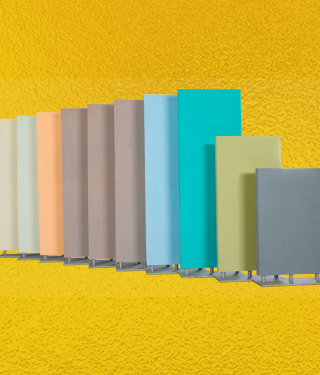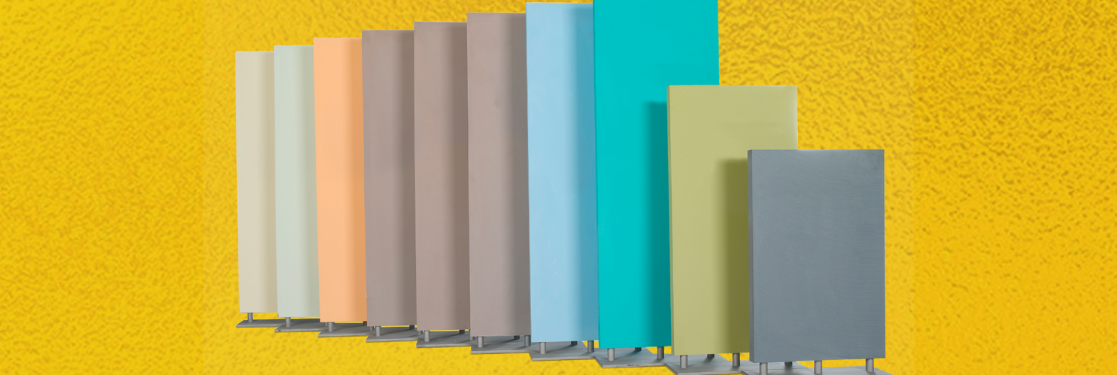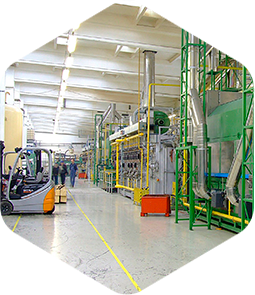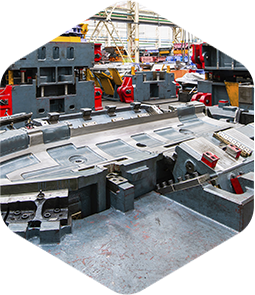In foundry, to manufacture a part it is necessary to use models, molds and core boxes. To produce these items, companies can choose from numerous raw materials, including polyurethane plates, popularly known as Cibatool. Having that in mind, we have gathered in an article the main reasons to use Cibatool in foundry.
Brief contextualization about models, molds and core boxes
Throughout this article, we will talk a lot about models, molds and core boxes. By way of contextualization, we will briefly explain each of these items below:
- Model: part with the approximate shape of the part to be cast. It can be made of wood, aluminum, steel and, of course, polyurethane plates. It is important that your dimensions predict the contraction of the metal when it solidifies once it is ready.
- Mold: device where the molten metal is deposited resulting in the part. It is produced from the model, being a cavity in the shape of the part to be cast.
- Core boxes: it is the device responsible for forming the voids, holes and recesses of the part. They are placed in the molds before they are closed to receive the liquid metal.
Why use polyurethane/Cibatool sheets in foundry?
The use of Cibatool in the foundry can have a major impact on the entire production process. Here on our blog, for example, we have a history about a Hard customer who started to save 66% in the production of models, molds and core boxes when using PU plates click here and learn details. Keep reading and understand how polyurethane sheets can transform the machining process in the foundry.
1. Agility in the machining process
Compared with aluminum, polyurethane plates are much lighter, on average 50%. Since the density of an aluminum plate is 2.8 g/cm³, while that of polyurethane is 1.4 g/cm³. Because it is less dense, the plate is easier to machine, requiring less service time. It is worth noting that even with a lower density, PU plates have greater resistance to abrasion than aluminum, as we can see in the video below.
In addition to more agility, this lower density also contributes to the improvement of the operator’s ergonomics. Once it’s lighter, there is a decrease in physical wear, increased productivity and higher quality of work performed.
2. Top finish
Polyurethane plates are easier to machine and have greater detail reproduction. This means no more time wasted on manual finishing that slows down productivity. In addition to that, during use, they become more polished, offering a better release of the sand cake. Aluminum, for example, is a rigid material that becomes striated, which interferes with the final quality of the parts.
3. Repair without soldering
It is normal for a model, mold or core box to need to be repaired at times. When the raw material chosen for a tool is aluminum, this maintenance, in addition to being costly, requires more time, as it is necessary to weld it. The longer the restoration takes, the longer production will be interrupted, resulting in more losses.
Polyurethane plates do not need soldering. When they need a repair, the process can be done manually, being easier and faster. It means that your production will stop for less time, reducing losses.
Count on the right supplier
Did you know that Hard Group is the exclusive distributor of RAMPF in Brazil and Latin America? RAMPF is a German company, creator of Cibatool boards. In other words, purchasing boards with Hard means making sure you have the best line of boards on the market for your company. To meet the most varied needs of the market, our line of boards has different thicknesses and densities (low, medium and high).
Do you want to use the polyurethane/Cibatool sheets in the foundry?Why use polyurethane/Cibatool sheets in foundry? We have a network of experts available to assist you, just contact us .

?







Comentários
Ainda não há comentários. Seja o primeiro a comentar.